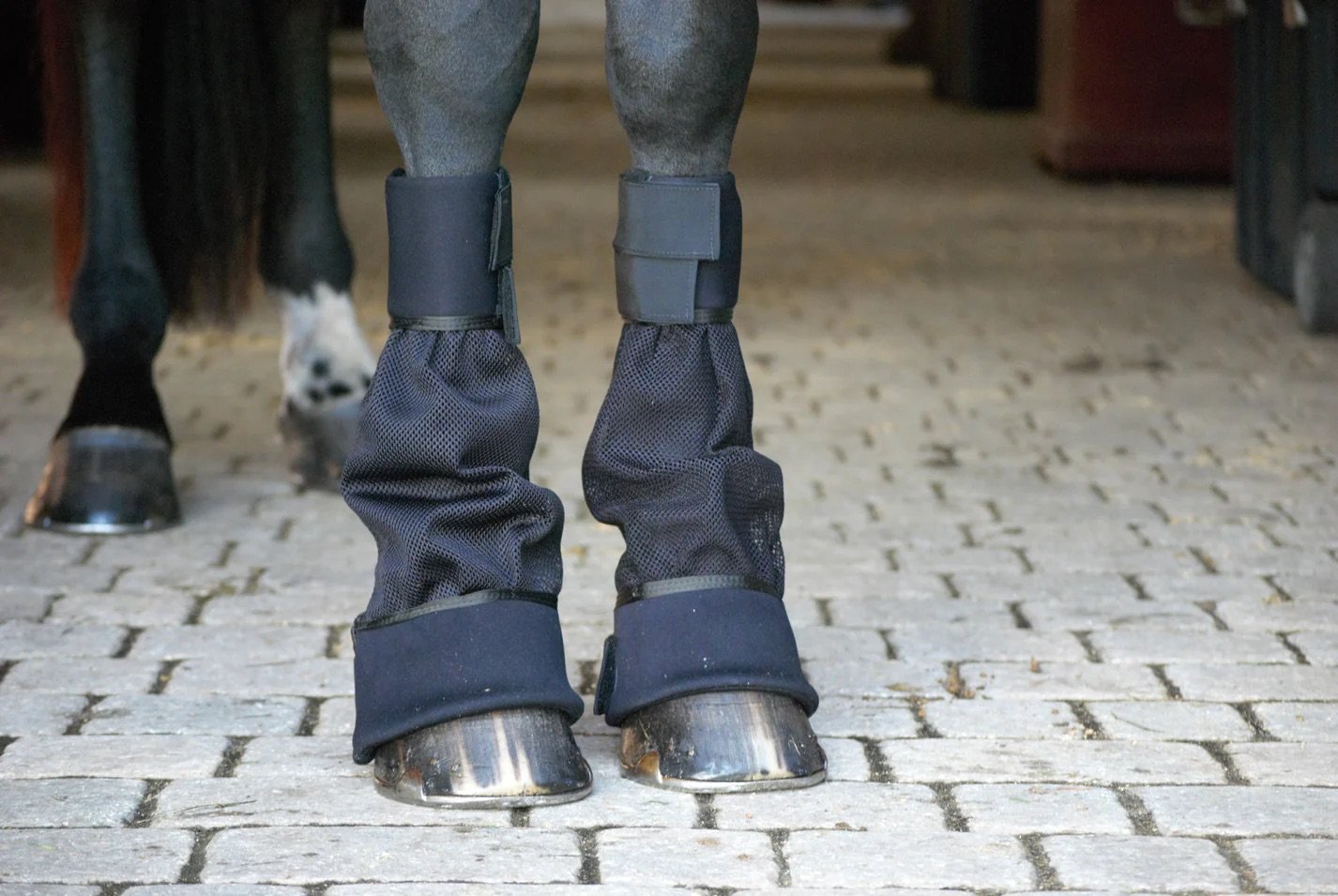Cold Weather Wound Care: What Every Barn Owner Should Know
Winter changes everything in the barn. Our feeding routines shift, blankets come out of storage, and we spend more time managing mud than we’d like to admit. One thing that often gets overlooked, though, is how cold weather affects wound healing.
Horses rely on strong blood circulation, consistent moisture balance, and healthy skin elasticity to recover from cuts, scrapes, and pressure sores. Cold air slows these systems down. Understanding what your horse’s body is doing in winter helps you stay ahead of issues before they turn into long-term problems.
This guide breaks down the science simply and gives you clear steps to support your horse’s healing when the temperature drops.
Why Wounds Heal More Slowly in Cold Weather
1. Reduced Circulation to the Skin
When the temperature drops, a horse’s body naturally redirects blood flow to protect vital organs. The skin, limbs, and extremities get less circulation.
Less blood flow means:
Slower delivery of oxygen and nutrients to the tissue
Delayed immune response at the wound site
Longer time before new healthy tissue forms
This is why small nicks in summer can feel like they take twice as long in winter.
2. Longer Drying Time and Excess Moisture
Winter tends to bring mud, rain, or snow depending on the region. Even in dry cold climates, condensation from blankets and stall bedding creates moisture against the skin.
Wounds that stay damp struggle to form a clean scab, making it easier for bacteria to thrive.
3. Cold Stiffens Skin and Tissues
Cold temperatures reduce elasticity in the skin. This can cause:
Cracking around the wound edges
Slower closure
Greater sensitivity and discomfort for the horse
This is especially noticeable on legs and around high-movement areas like joints.
Watch for These Winter-Specific Concerns
Proud flesh development on slow-healing leg wounds
Rain rot or bacterial infections where moisture collects
Chafing from blankets, boots, or wraps that stay damp
Mud fever / pastern dermatitis from constant wet exposure
These conditions are preventable, but they move fast when unnoticed.
How to Support Healing in Cold Weather
Keep the Wound Clean and Dry
Gently clean with a vet-approved wash and thoroughly dry the area.
The drying step matters more in winter than summer. Pat dry. Give it time exposed to air when possible.
Encourage Healthy Circulation
Movement helps blood flow. Hand walking, turnout, and controlled exercise support healing as long as your veterinarian approves the activity level.
Warm compresses can also lightly stimulate circulation, especially in the legs.
Choose Protective Covering Wisely
Some wounds benefit from exposure to air. Others need protection. The key in winter is protecting from moisture without trapping bacteria.
This is where breathable wound protection tools make a difference.
A protective covering should:
Allow airflow
Keep debris and mud out
Avoid trapping heat and moisture
Stay secure without rubbing
This is exactly why we developed Heal Shield boots. They are designed to stay breathable while preventing mud, shavings, and snow from contaminating the wound, especially during turnout.
Monitor Daily
Winter wounds can look “fine” until suddenly they aren’t.
Check once a day for:
Increased heat or swelling
Moisture buildup under coverings
New drainage or odor
Changes in attitude or weight-bearing
Early changes matter.
When to Involve Your Veterinarian
Call your vet if:
A wound is over a joint
Healing slows or reverses
Proud flesh begins to form
Your horse becomes sensitive, lame, or uncomfortable
Trust your instincts. If it feels off, it’s worth checking.
The Bottom Line
Cold weather doesn’t mean wounds won’t heal. They simply need more support.
Focus on:
Protecting the wound from mud and moisture
Encouraging circulation
Choosing breathable protection over airtight wrapping
Checking progress daily
A thoughtful approach now can prevent infections, scarring, and prolonged healing later.


